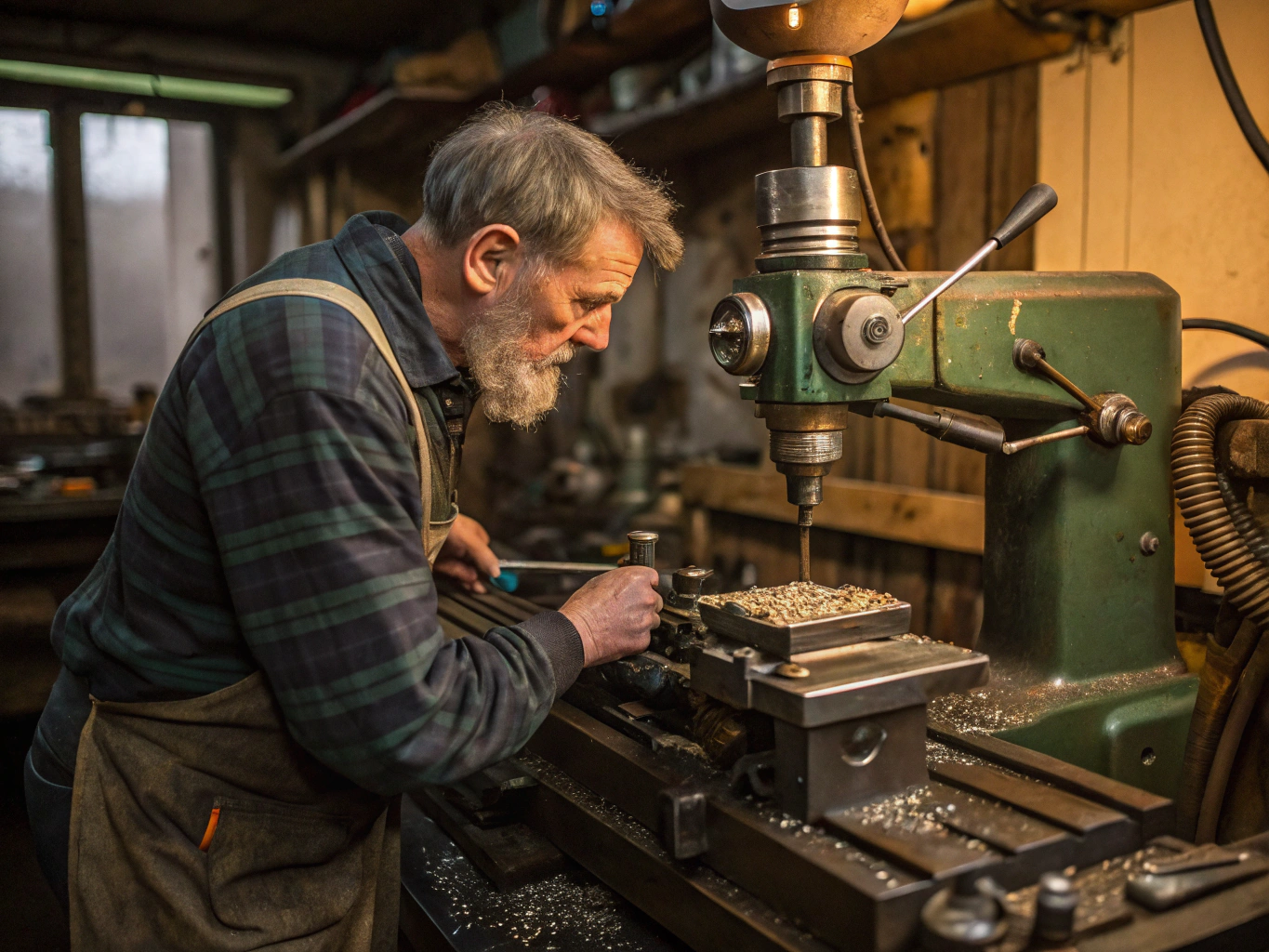
When it comes to milling, many people wonder about the difference between manual and CNC milling. In this article, I’ll break it down for you and share insights on how each method works.
Manual milling and CNC milling are two common methods used in machining, but they differ greatly in terms of accuracy, cost, and flexibility. Manual milling involves the use of traditional machinery, while CNC milling uses computerized controls for more precision and automation. These differences make them suited for different types of projects and production needs.
Understanding these differences is key to choosing the right method for your project. Let’s dive into how manual milling works first, and then explore CNC milling.
What is Manual Milling and How Does It Work?
I often get asked about manual milling, and I think it’s important to understand the basics. While manual milling is considered more traditional, it’s still widely used for certain types of work.
Manual milling involves the use of a milling machine operated by hand, without any computer controls. The operator manually adjusts the machine’s position to cut and shape materials. It’s typically cheaper and simpler to use, making it ideal for small projects or one-off items.
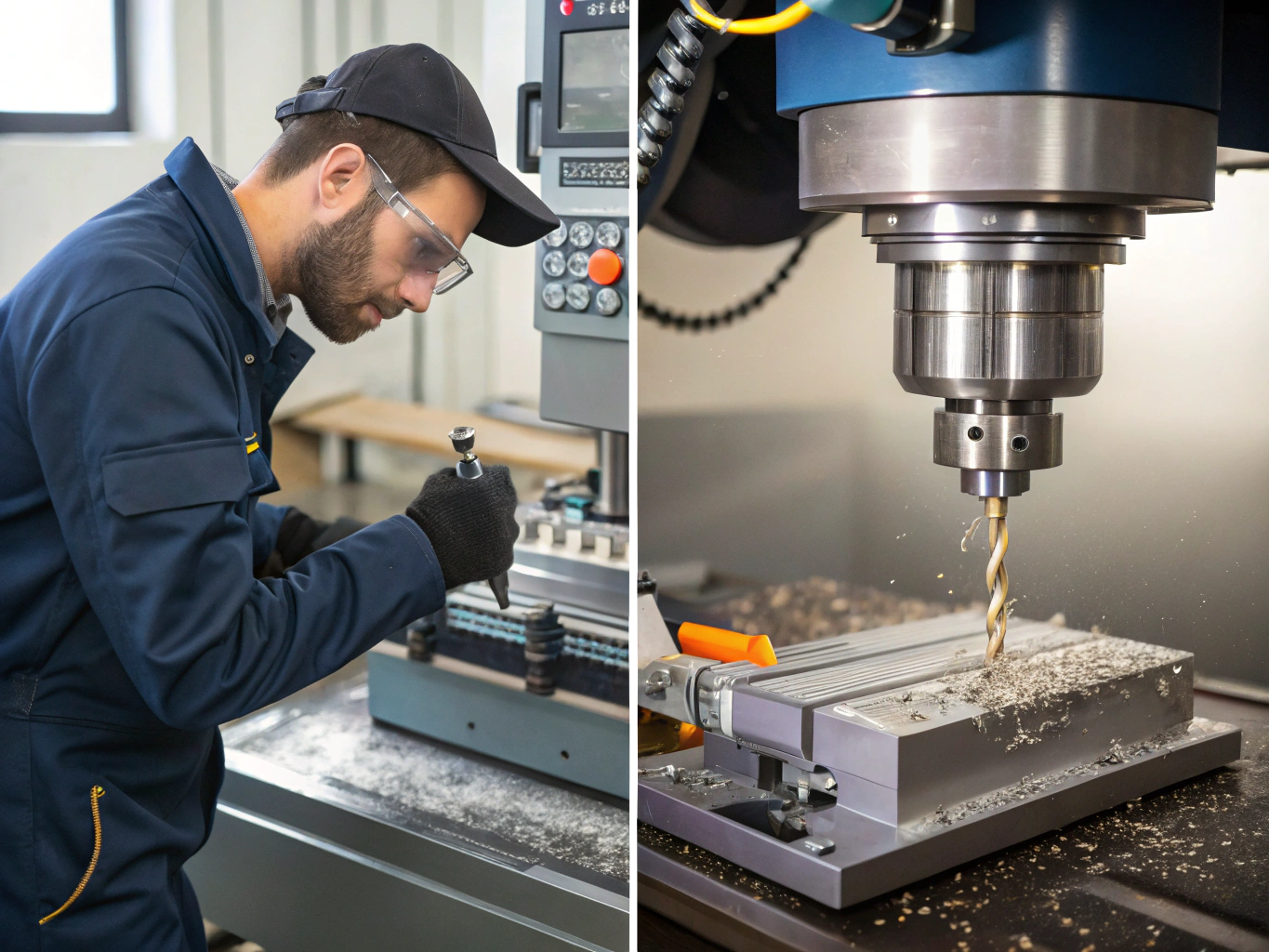
Manual milling is the traditional method used in many workshops. It allows operators to have complete control over the process, which is particularly useful for simple and small-scale projects. The key components of manual milling include the milling machine, the operator’s hands, and a set of tools that shape the material.
While it may not be as fast or precise as CNC milling, manual milling offers flexibility in terms of setup and customization. The operator can adjust the machine based on real-time needs, which makes it great for small batch or prototype work. However, the accuracy of manual milling is dependent on the skill of the operator.
Advantages of Manual Milling
Manual milling has a number of advantages that make it a go-to method for certain tasks:
- Cost-effective: It requires less upfront investment in equipment compared to CNC machines.
- Flexibility: The machine can be easily adjusted for various types of cuts and tasks.
- No programming required: Unlike CNC milling, manual milling does not require complex software programming, making it more accessible for beginners.
However, these advantages come with some limitations:
- Lower accuracy: Due to human error, achieving high precision can be difficult.
- Slower production speed: Manual operation can be time-consuming for large runs.
Manual Milling vs. CNC Milling: A Cost Breakdown
| Aspect | Manual Milling | CNC Milling |
|---|---|---|
| Initial Cost | Low | High |
| Flexibility | High | Moderate |
| Accuracy | Low | High |
| Production Speed | Slow | Fast |
| Programming Requirement | None | Required |
How Does CNC Milling Differ from Manual Milling?
When people hear “CNC milling,” they often think it’s just an advanced version of manual milling. But the differences between the two go beyond just technology.
CNC milling uses computer numerical control to automate the milling process, making it faster and more precise than manual milling. The key difference lies in how the machine is controlled—manual milling relies on the operator, while CNC milling uses pre-programmed instructions to control the movement of the tool.
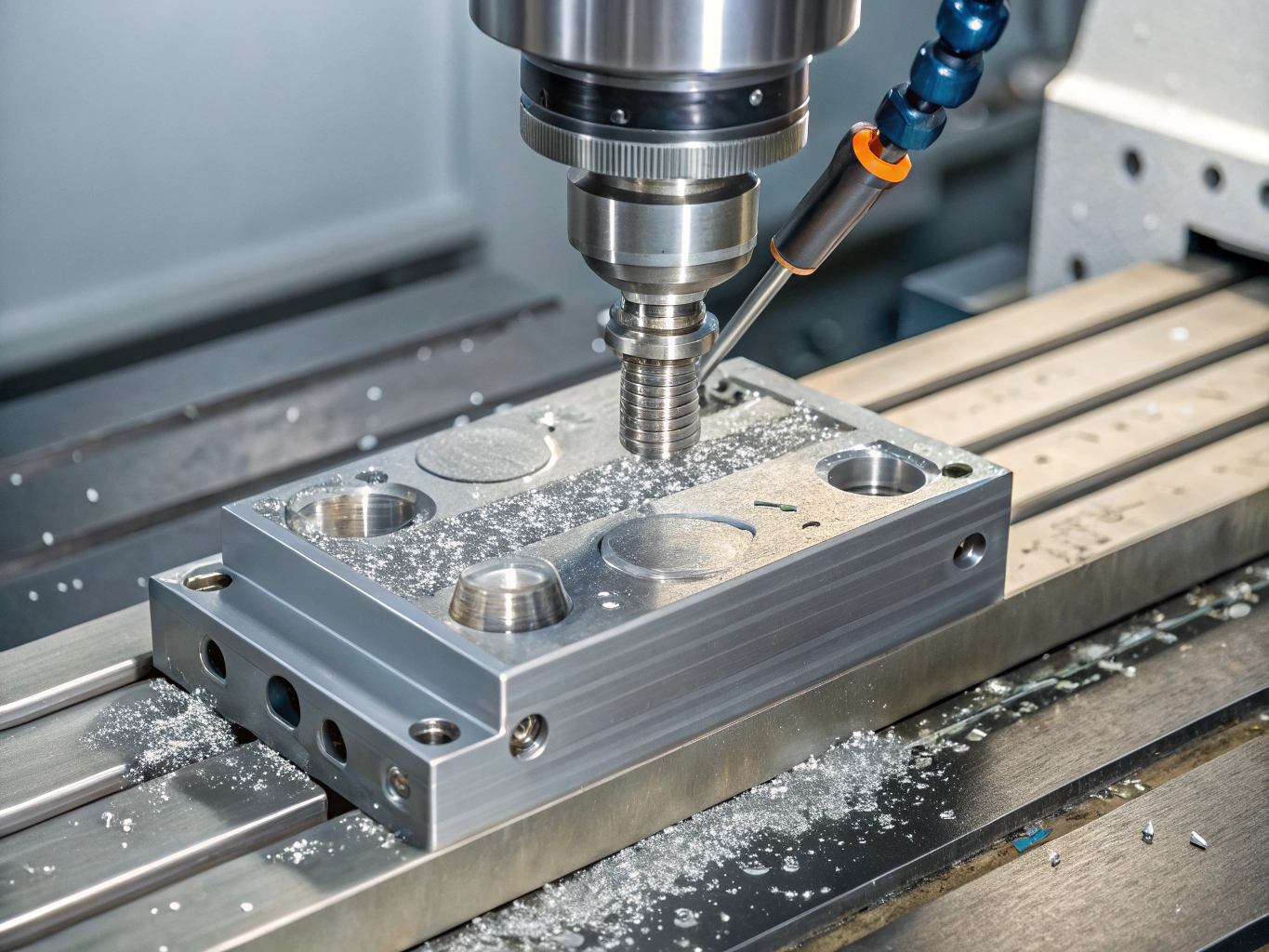
CNC milling is an evolution of manual milling, where computers take the lead in controlling the milling process. In CNC milling, a program tells the machine exactly how to move, what speeds to use, and how deep the cuts should be. This is done with the help of CAD (Computer-Aided Design) and CAM (Computer-Aided Manufacturing) software, which provides detailed instructions to the machine.
One of the key benefits of CNC milling is precision. Because everything is controlled by a computer, the cuts are much more consistent and accurate, even for complex shapes. In contrast, manual milling relies on the skill of the operator, which can lead to discrepancies in precision. This makes CNC milling ideal for large-scale production or when consistency is critical.
Speed and Efficiency in CNC Milling
CNC milling is not just about accuracy—it’s also about speed. A CNC machine can operate continuously without human intervention, leading to faster production times. Additionally, it can produce complex parts with minimal setup, whereas manual milling requires a lot of time and attention for each individual part.
A Comparison of CNC and Manual Milling for Different Projects
| Feature | Manual Milling | CNC Milling |
|---|---|---|
| Setup Time | Long | Short |
| Customization | Easy | Limited to software |
| Suitable for | Small projects | Large-scale production |
| Operator Skill Required | High | Low (operator only monitors) |
Is CNC Milling More Accurate Than Manual Milling?
I’ve often been asked if CNC milling is really more accurate than manual milling. Let me walk you through how these two methods compare in terms of precision.
Yes, CNC milling is significantly more accurate than manual milling. Because CNC milling is automated, it removes the potential for human error, resulting in highly consistent and precise cuts.
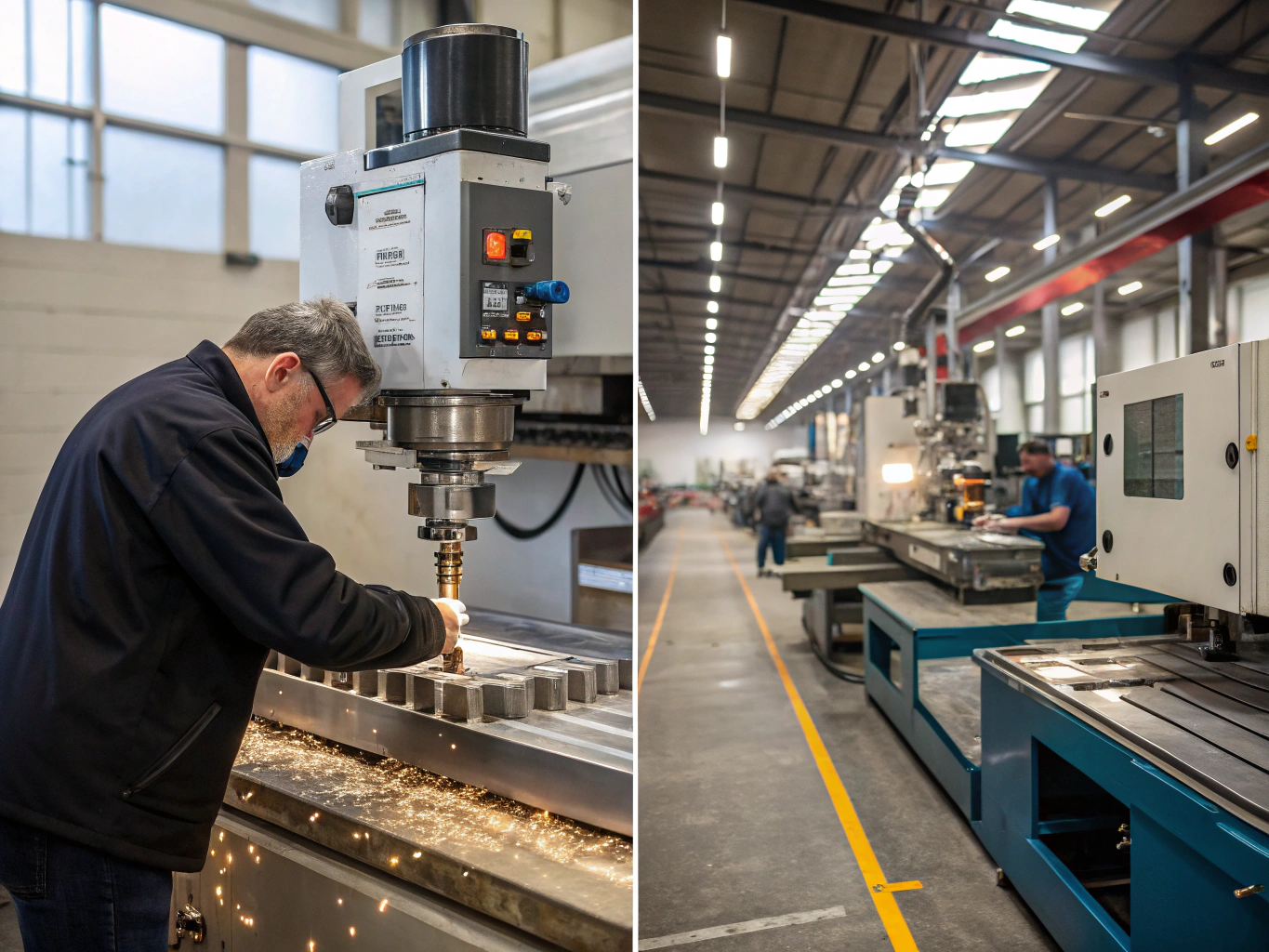
CNC milling is designed to perform with extreme precision. The machine follows a set of pre-programmed commands, which means each cut is exactly the same every time. This is a huge advantage over manual milling, where the operator’s skill and attention to detail directly impact the quality of the work. In fact, even the best manual machinists can’t achieve the same level of consistency as a CNC machine.
The accuracy of CNC milling is crucial in industries where parts need to fit together perfectly, such as the aerospace and automotive sectors. It ensures that each part is identical, minimizing the risk of defects or misfits during assembly. Additionally, CNC machines can handle very tight tolerances, which is something manual machines struggle with.
Why Accuracy Matters in Manufacturing
For high-precision industries, the accuracy of CNC milling is not just a luxury—it’s a necessity. Manual milling may suffice for small, less intricate projects, but when you need exact dimensions and perfect consistency across thousands of parts, CNC milling becomes the clear choice.
Comparing Tolerances in Manual vs CNC Milling
| Tolerance | Manual Milling | CNC Milling |
|---|---|---|
| Precision Level | Low to Medium | High |
| Common Tolerance Range | ±0.1 mm to ±0.5 mm | ±0.005 mm to ±0.01 mm |
| Ideal for | Small runs, prototypes | Large batches, precision |
Can CNC Milling Replace Manual Milling Completely?
I’ve been asked whether CNC milling can completely replace manual milling. While CNC machines have their advantages, there are still cases where manual milling is the better choice.
CNC milling can replace manual milling in many cases, but not all. While CNC offers high precision, speed, and automation, manual milling still has its place in certain projects, especially when flexibility and low initial cost are more important than speed or consistency.
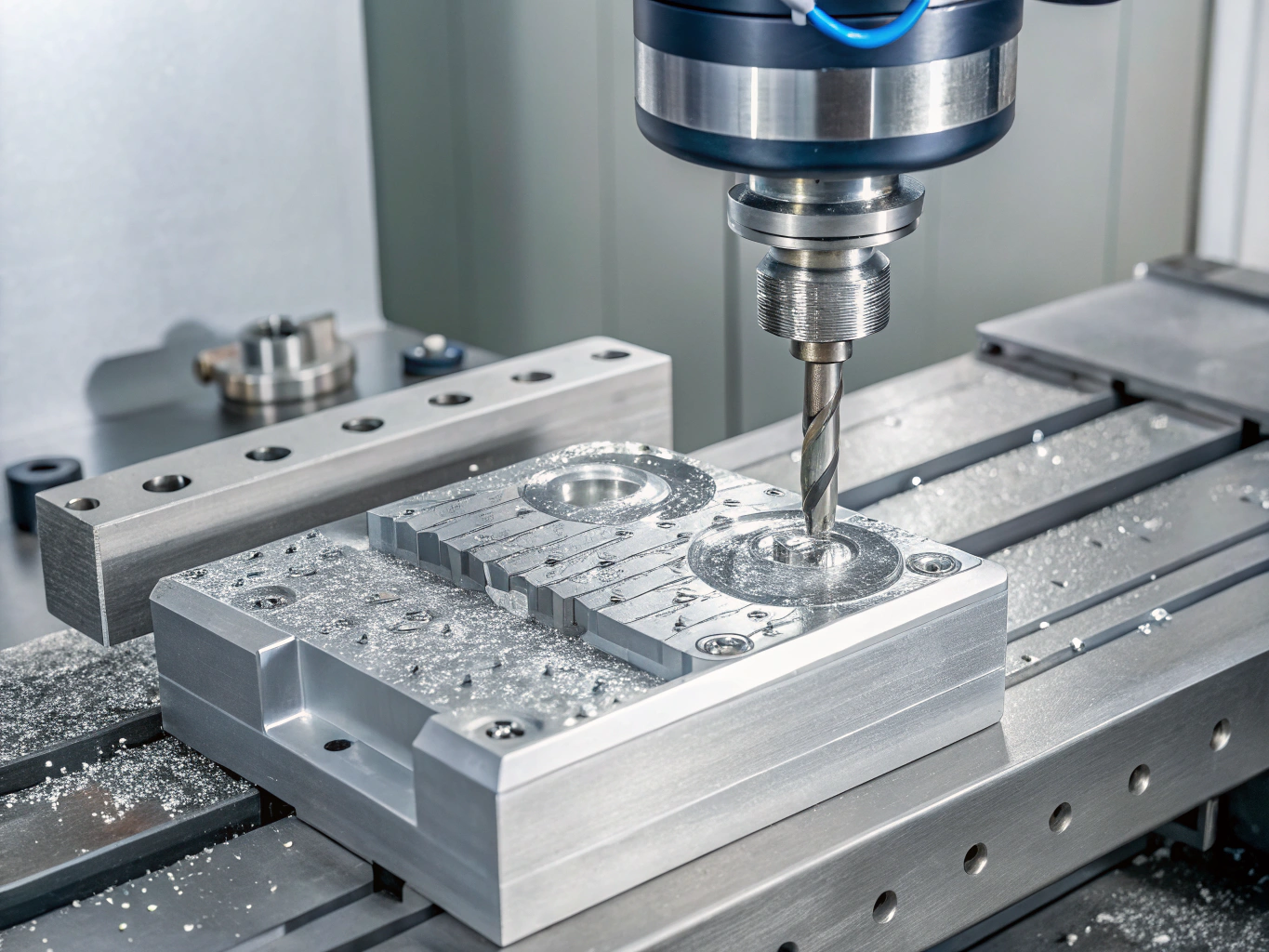
While CNC milling has certainly taken over many manufacturing processes, manual milling is far from obsolete. For example, in small workshops or for limited production runs, manual milling is often more cost-effective. The machinery required for CNC milling is expensive, and not every small business or hobbyist can afford the investment. Manual milling also offers flexibility, as the operator can quickly adapt to different tasks without needing to reprogram a CNC machine.
On the other hand, CNC milling is ideal for large-scale, high-precision jobs where speed and consistency are crucial. This makes it the preferred choice for industries like automotive, aerospace, and electronics manufacturing. However, for simple tasks, custom designs, or repairs, manual milling still offers value.
The Future of Milling: Combining Both Methods
In some advanced workshops, we see a combination of both methods. Manual milling can be used for quick adjustments, while CNC machines handle the bulk of the high-precision work. This hybrid approach provides the benefits of both worlds: flexibility and high production output.
Conclusion
Manual milling and CNC milling each have their strengths and weaknesses. Choosing the right method depends on the specific needs of your project—whether it’s cost, speed, accuracy, or flexibility.

